#ceramic artifacts
Text
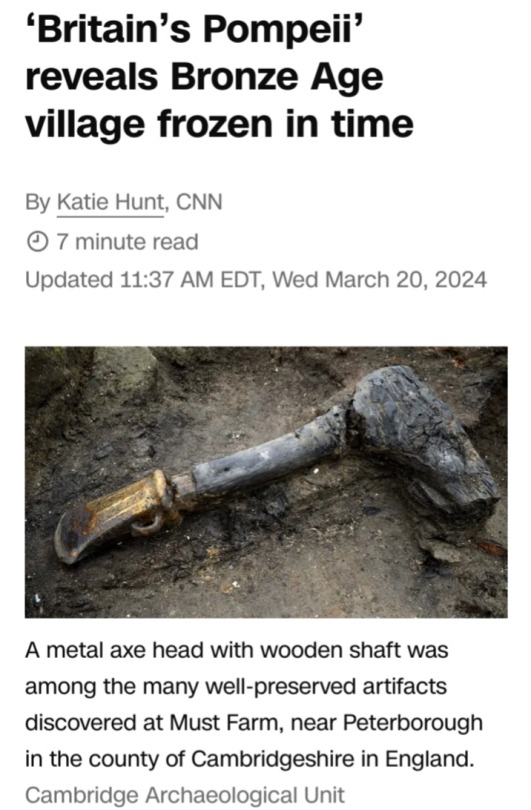
(CNN) — It’s late summer 2,850 years ago. A fire engulfs a stilt village perched above a boggy, slow-moving river that weaves though the wetlands of eastern England.
The tightly packed roundhouses, built from wood, straw, turf, and clay just nine months earlier, go up in flames.
The inhabitants flee, leaving behind all their belongings, including a wooden spoon in a bowl of half-eaten porridge.
There is no time to rescue the fattened lambs, which are trapped and burnt alive.
The scene is a vivid and poignant snapshot, captured by archaeologists, of a once thriving community in late Bronze Age Britain known as Must Farm, near what’s now the town of Peterborough.
The research team published a two-volume monograph on Wednesday that describes their painstaking $1.4 million (£1.1 million) excavation and analysis of the site in the county of Cambridgeshire.
Described by the experts involved as an “archaeological nirvana,” the site is the only one in Britain that lives up to the “Pompeii premise,” they say, referencing the city forever frozen in time by the eruption of Mount Vesuvius in AD 79 that has yielded unparalleled information about ancient Rome.
“In a typical Bronze Age site, if you’ve got a house, you’ve probably got maybe a dozen post holes in the ground and they’re just dark shadows of where it once stood.
If you’re really lucky, you’ll get a couple of shards of pottery, maybe a pit with a bunch of animal bones.
This was the complete opposite of that process. It was just incredible,” said Chris Wakefield of the Cambridge Archaeological Unit at the University of Cambridge, an archaeologist and member of the 55-person team that excavated the site in 2016.
"All the axe marks had been used to shape and sculpt the wood. All of those looked fresh, like they could have been done last week by someone,” Wakefield added.
The remarkably preserved condition of the site and its contents enabled the archaeological team to draw comprehensive new insights into Bronze Age society — findings that could overturn the current understanding of what everyday life was like in Britain during the ninth century BC.

Must Farm domesticity — and a mystery
The site, which dates to eight centuries before Romans arrived in Britain, revealed four roundhouses and a square entranceway structure, which stood approximately 6.5 feet (2 meters) above the riverbed and were surrounded by a 6.5-foot (2-meter) fence of sharpened posts.
The archaeologists believe the settlement was likely twice as big. However, quarrying in the 20th century destroyed any other remains.
Though charred from the fire, the remaining buildings and their contents were extremely well preserved by the oxygen-starved conditions of the fens, or wetlands, and included many wooden and textile items that rarely survive in the archaeological record.
Together, traces of the settlement paint a picture of cozy domesticity and relative plenty.
The researchers unearthed 128 ceramic artifacts — jars, bowls, cups and cookware — and were able to deduce that 64 pots were in use at the time of fire.
The team found some stored pots neatly nested.
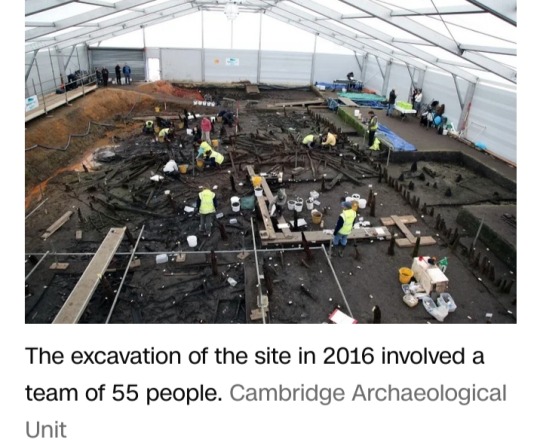
Textiles found at the site made from flax linen had a soft, velvety feel with neat seams and hems, although it wasn’t possible to identify individual pieces of clothing.
Wooden artifacts included boxes and bowls carved from willow, alder and maple, 40 bobbins, many with threads still attached, various tools, and 15 wooden buckets.
“One of those buckets … on the bottom of it were loads and loads of cut marks, so we know that people living in that Bronze Age kitchen when they needed an impromptu chopping board, were just flipping that bucket upside down and using that as a chopping surface,” Wakefield said.
“It’s those little moments that build together to give a richer, fuller picture of what was going on.”

The circumstances of the event that brought it all to a halt are still a bit of a mystery.
The researchers believe the fire took place in late summer or early autumn because skeletal remains of the lambs kept by one household showed the animals, typically born in spring, were three months to six months old.
However, what exactly caused the devastating fire remains unclear. The blaze could have been accidental or deliberately started.
The researchers uncovered a stack of spears with shafts over 10 feet (3 meters) long at the site, and many experts think that warfare was common in the time period.
The team worked with a forensic fire investigator but ultimately couldn’t identify a specific “smoking gun” clue pointing to the cause.
“An archaeological site is a lot like a jigsaw puzzle. At a typical site you have 10 or 20 pieces out of 500,” Wakefield said.
“Here, we had 250 or 300 pieces and we still couldn’t get the complete picture on how this big fire broke out.”
Mike Parker Pearson, a professor of British later prehistory at the Institute of Archaeology at University College London, described both the report and the site “as exceptional.” He wasn’t involved in the research.
“The fire may have been disastrous for the inhabitants but it is a blessing for archaeologists, a unique snapshot of life in the Bronze Age,” he said via email.
Upending ideas about Bronze Age society
The contents across the four preserved houses were “remarkably consistent."
Each one had a tool kit that included sickles, axes, gouges, and handheld razors used to cut hair or cloth.
With almost 538 square feet (50 square meters) of floor space in the largest, each of the dwellings appeared to have distinct activity zones comparable to rooms in a modern home.
“By plotting the positions of all these finds — pots, loomweights, tools, and even sheep droppings, the archaeological team have reconstructed the houses’ internal use of space,” Parker Pearson noted.
“The kitchen area was in the east, the storage and weaving area in the south and southeast with the penning area for lambs, and the sleeping area in the northwest, though we don’t know where the doorway was for each house.”
Not all the items were of practical use, such as 49 glass beads plus others made of amber.
Archaeologists also unearthed a woman’s skull, smooth from touch, possibly a keepsake of a lost loved one.
Some of the items the researchers found will go on display starting April 27 in an exhibition titled “Introducing Must Farm: A Bronze Age Settlement” at the Peterborough Museum and Art Gallery.
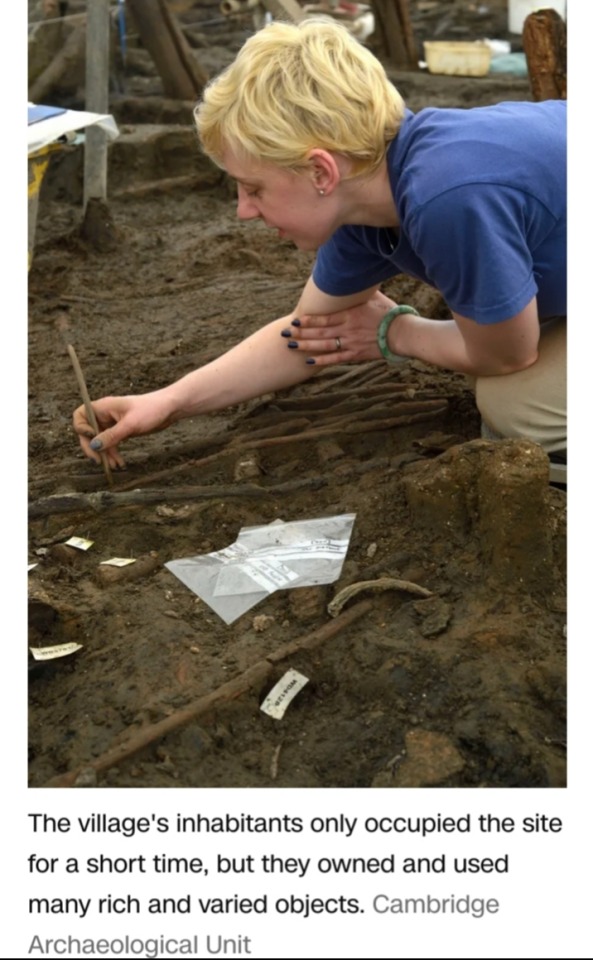
Lab analysis of biological remains revealed the types of food the community once consumed.
A pottery bowl imprinted with the finger marks of its maker held a final meal — a wheat grain porridge mixed with animal fat.
Chemical analyses of the bowls and jars showed traces of honey along with deer, suggesting the people who used the dishes might have enjoyed honey-glazed venison.
Ancient excrement found in waste piles below where the houses would have stood showed that the community kept dogs that fed on scraps from their owners’ meals.
And human fossilized poop, or coprolites, showed that at least some inhabitants suffered from intestinal worms.
The waste piles, or middens, were one line of evidence that showed how long the site was occupied, with a thin layer of refuse suggesting the settlement was built nine months to a year before it went up in flames.
"Two other factors supported that line of reasoning," Wakefield said.
“The second was that a lot of the wood that was used in the construction was unseasoned, it was still effectively green, it hadn’t been long in position,” he said.
“The third one is that we have a lack of the kind of insects and animals that are associated with human habitation."
"It wouldn’t be long before beetles would worm (in) … but there’s no evidence of any of that in any of the 18,000 plus timbers.”
The fact that the site, with its rich and varied contents, was in use for only a year upended the team’s preconceived “visions of everyday life” in the ninth century BC.
It may suggest that Bronze Age societies were perhaps less hierarchical than traditionally thought, according to the 1,608-page report.
“We are seeing here not the accumulation of a lifetime, but just a year’s worth of materials,” the authors noted in the report.
“It suggests that artefacts such as bronze tools and glass beads were more common than we often imagine and that their availability may not in fact have been restricted.”
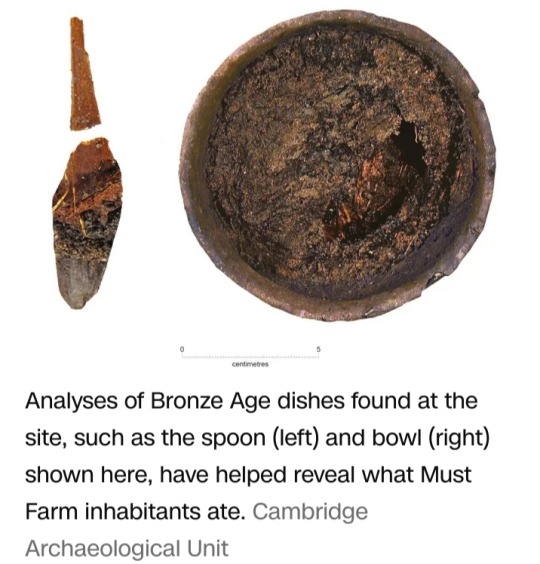
#Must Farm#Late Bronze Age#Late Bronze Age Britain#Cambridgeshire#Peterborough#archaeological nirvana#Pompeii premise#Mount Vesuvius#AD 79#Bronze Age#Chris Wakefield#Cambridge Archaeological Unit#University of Cambridge#9th century BC#Britain's Pompeii#archaeology#archaeologists#ceramic artifacts#wooden artifacts#forensic fire investigator#archaeological site#Institute of Archaeology#University College London#Peterborough Museum and Art Gallery#artefacts#Mike Parker Pearson#history
4 notes
·
View notes
Text

Nile Catfish Pendant
Egyptian, ca. 1985-1773 BCE (Middle Kingdom, 12th dynasty)
This fish pendant represents a Synodontis Batensoda, more commonly known as the Nile catfish, a species of fish named for its black belly. Often worn at the end of a plait of hair, amulets like this one were used by children and young women to protect against drowning. This fine amulet is made of gold with stone inlays, including a red stone for the right eye and a green stone for the left. Amulets in the form of the Synodontis Batensoda were particularly popular during the Middle Kingdom, when the fish might have been identified with an astronomical constellation.
#artifact#Egypt#middle kingdom#pendant#gold#ceramic#chalcedony#turquoise#carnelian#lapis lazuli#black stone
685 notes
·
View notes
Text

Food serving vessel (dui)
China
early 6th century BCE
#food serving vessel#Chinese artisan#ceramics#pottery#arts and crafts#asian art#chinese art#chinese culture#chinese history#artifacts#antiquities#aesthetic#beauty#craftsman#art history#aesthetictumblr#tumblraesthetic#tumblrpic#tumblrpictures#tumblr art#tumblrstyle#artists on tumblr
256 notes
·
View notes
Text

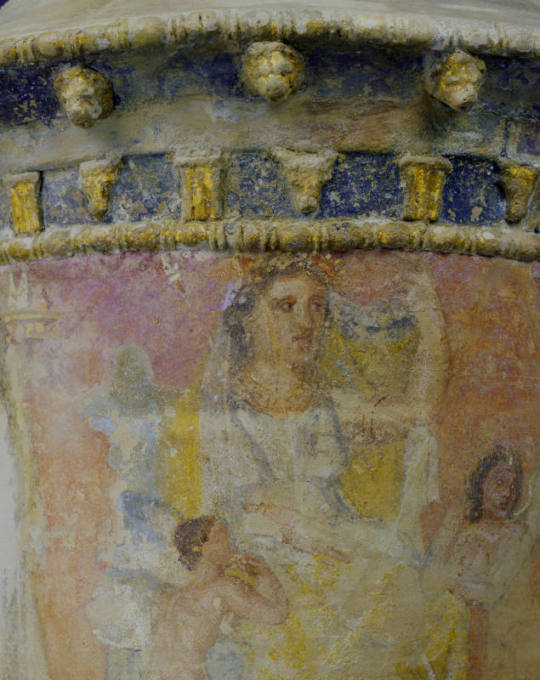

Pyxis
Mid 3rd Century BCE
#Pyxis#Mid 3rd Century BCE#ceramic#ceramic art#ancient artifacts#archeology#archeolgst#history#history news#ancient history#ancient culture#ancient civilizations#greek history#greek art#ancient art
108 notes
·
View notes
Text
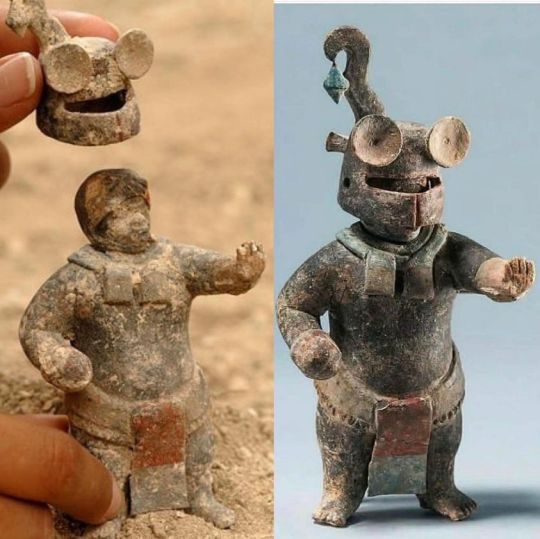
1,500-year-old Ceramic Maya Figurine with Removable Helmet, from El Perú-Waka', Petén, Guatemala.
#archeology#history#artifacts#maya civilization#pre columbian america#guatemala#ceramic#ancient history
899 notes
·
View notes
Text




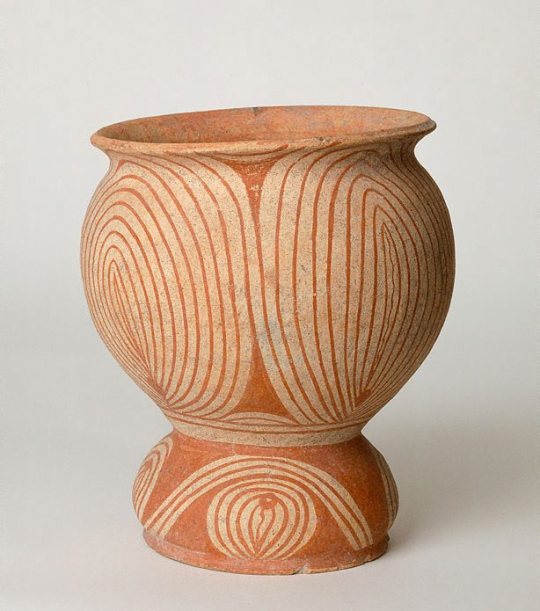
Ban Chiang ware
Pedestal bowls
200 BCE-200 CE
Thailand
#Ban Chiang ware#set#bowls#thai art#pottery#ceramics#artifacts#decorative arts#religious art#ceremonial
225 notes
·
View notes
Text

💅🏾@reniadeb💅🏾
73 notes
·
View notes
Text




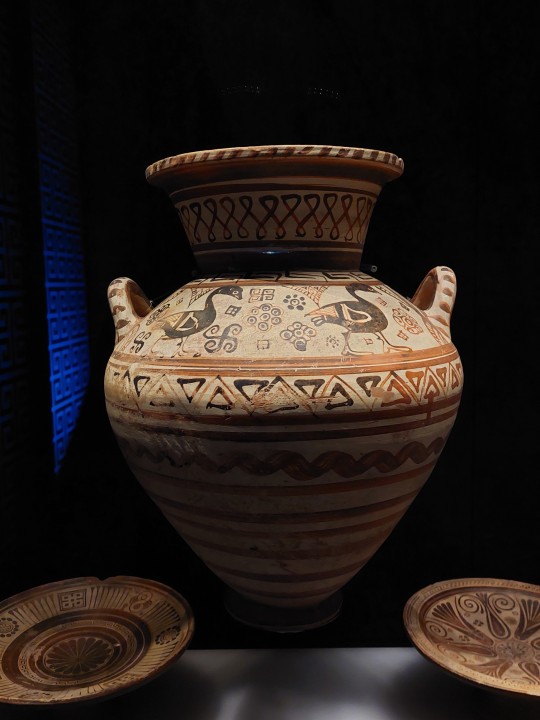

artifacts from early civilizations of anatolia, mesopotamia, arabia and egypt in istanbul archeological museums
#past#ceramics#visited this museum today & it was SO fascinating!!!!#gonna post more pics <3#artifacts
786 notes
·
View notes
Text
What’s the matter babe? You’ve barely used your Napoleon chamber pot
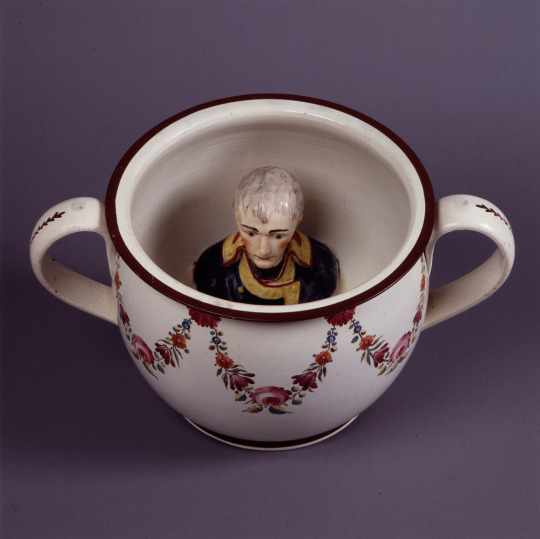
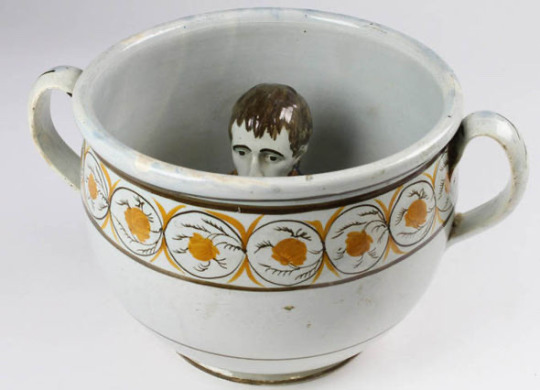
#Napoleon#napoleon bonaparte#napoleonic era#19th century#first french empire#1800s#propaganda#British#British propaganda#napoleonic wars#French empire#British empire#English#French#Bonaparte#ceramics#pottery#decoration#history#artifact#historical artifact#napoleonic#art#Britain#meme#history meme#humor#humour#tumblr text post#text post
237 notes
·
View notes
Text


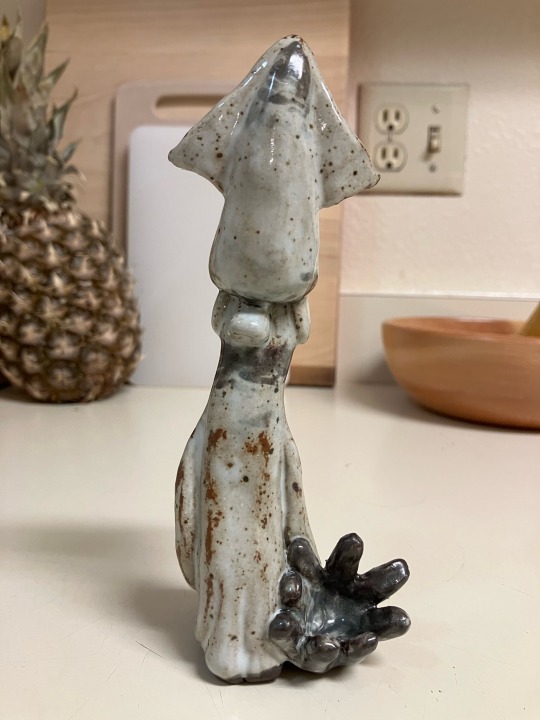

Maika is real in ceramics!!!!
He was definitely a challenge to sculpt but I’m very happy with him. He’s dipped in a coat of white glaze and them his markings were done with overglaze. I like the speckling that’s going on
#hope to make more slug city guys heheheheh#I like how natural the glazes make them look#they look like old weathered artifacts or something#my art#ceramics#slug city#maika#my ocs#he doesnt photograph well. his front angle pictures are so funny and awful
133 notes
·
View notes
Text


DOGS
Comala Phase. Colima, West Mexico
c. 200 B.C. - A.D. 300 Fired Clay
Bowers Museum
108 notes
·
View notes
Text

Derisive Humor turned High Art
Serving Vase w/ Amphibian Design. Desert Cotton Clan. Scampering Period, c. 1400. Earthenware w/ blue glaze.
In the years surrounding the Prairies War, pottery bearing derogatory designs of Swamplings were prevalent - especially among desert hares. This vase (used to serve alcohol) represents the "drunk frog," a popular stereotype in the prairies at the time.* For more information, visit Frogiverse.com/archaeology
*All artifact displays are for educational purposes only. F.I.S.H does not support or endorse any themes represented by artifact displays.
#archaeology#artifacts#fantasy#frogs#history#culture#educational#worldbuilding#ancient artifacts#ancient civilizations#ceramics#pottery#world building#museums#ancient art#vase#amphibians#amphibia#high art#frogblr
20 notes
·
View notes
Text

Lotus Chalice
Egyptian, 13th-11th century BCE (New Kingdom-Third Intermediate Period)
Lotus chalices such as this one were probably used in both rituals and daily life. The vessel's shape imitates the blue lotus flower, which was a type of water lily.
163 notes
·
View notes
Text

Tripod Jar
300-600 CE
Ceramic and Resin Paint
Maya culture
------------------------------------------
Mortuary offerings were placed in the tombs of Mayan noblemen to assist the deceased in their passage to the watery underworld. Funerary objects such as this were often decorated with symbols of water, marine vegetation, and animals. The painted body and lid of this vessel depict white water lilies floating against a green blue background; the water lily was seen as a plant that connects the underworld of water to the air of our world above. The petals of the lilies enclose red hieroglyphic signs, which allude to illustrious rulers and their titles. The carved areas, colored red, feature a complex array of interlocking scrolls that also symbolize water.
Located at The Detroit Institute of Art
40 notes
·
View notes
Text
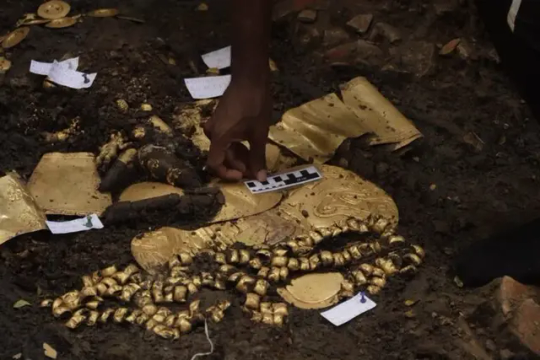
A Major Tomb With Gold and Ceramic Artifacts Discovered in Panama
In an archaeological find in the El Caño Archaeological Park, located in the district of Natá, province of Coclé, in Panama, a tomb has been discovered that sheds light on the sophisticated Coclé society of pre-Hispanic times.
The tomb thought to belong to a Coclé lord and dating back to 750 CE, was found to contain a wealth of funerary offerings, including ceramic and gold artifacts.
The El Caño Archaeological Park is well-known for its necropolis of tombs and stone monoliths that date back to 700–1000 CE. American explorer Hyatt Verrill first realized the importance of the site in 1925 when he discovered ancient monoliths beside the Rio Grande River.
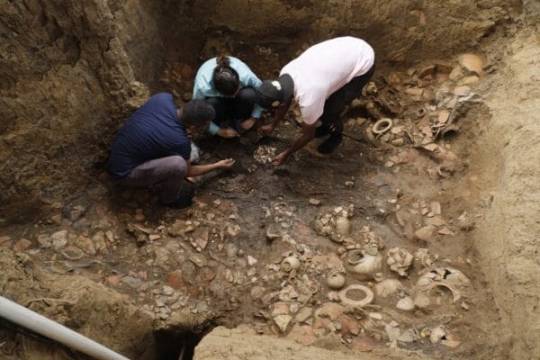
Linette Montenegro, National Heritage Director of the Ministry of Culture (MiCultura), explained that this discovery is part of the ongoing archeological project in the park.
The project, started in 2022 and financed through a cooperation agreement between the Ministry of Culture and the El Caño Foundation, aims to thoroughly explore Tomb No. 9 during the 2021-2024 campaigns.
The tomb’s contents, consisting of 5 pectorals, 2 belts of gold beads, 4 bracelets, 2 earrings in the shape of human figures, an earring in the shape of a double crocodile, 1 necklace of circular beads, two bells, bracelets, and a skirt made with dog teeth, and a set of bone flutes, is testimony to the cultural and social wealth of the Coclé society.
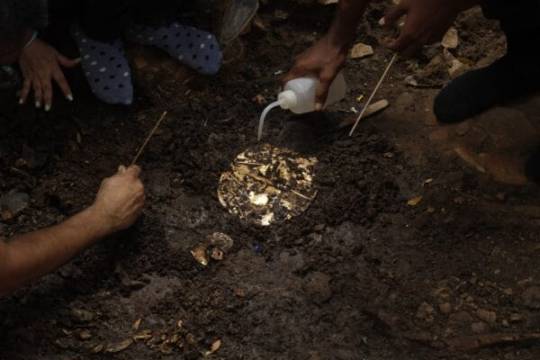
Dr. Julia Mayo, director of the El Caño Foundation and leader of the archaeological project since its inception in 2008, highlighted the importance of this discovery.
The collection, which probably belonged to a high-status adult male, represents a window into life and death in the Rio Grande chiefdom. The tomb, built around 750 A.D., is especially intriguing due to the presence of sacrificial attendants buried alongside the lord, indicating multiple and simultaneous burial practices.
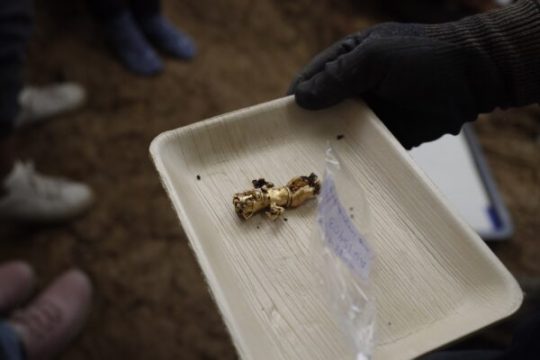
Dr. Mayo noted that the excavation process is ongoing, making it difficult to determine the exact number of individuals buried within the tomb. She said that this type of burial, known for burying a variable number of people in the same tomb, provides valuable information about the beliefs and funerary rituals of the Cocle society.
Dr. Mayo explained that the Coclé lord was buried in a face-down position, a customary practice in this culture, often atop the remains of a woman.
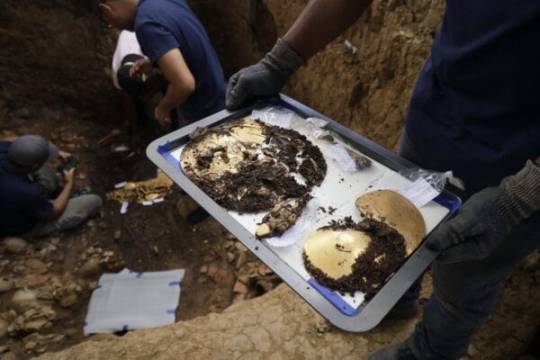
El Caño Archaeological Park, built around 700 A.D. and abandoned around 1000 A.D., has yielded significant archaeological discoveries. In addition to the known monoliths, the site includes a cemetery and a ceremonial area with wooden structures. This discovery stands out for its uniqueness and the insight it provides into Cocle society’s funerary practices.
By Oguz Buyukyildirim.
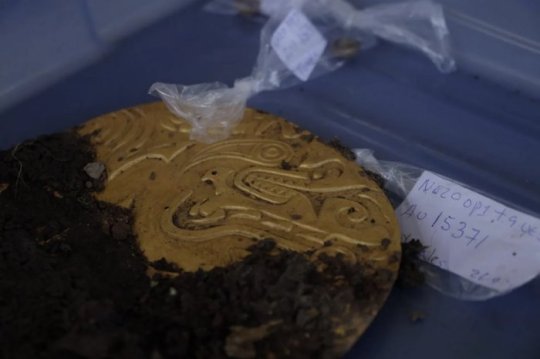
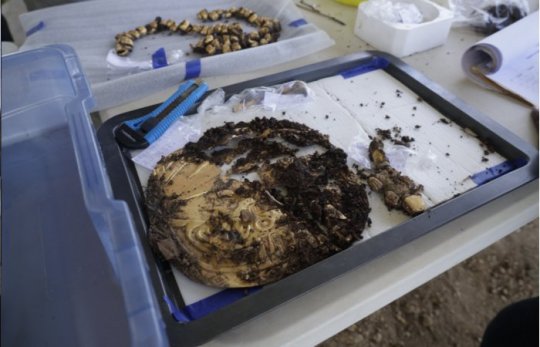
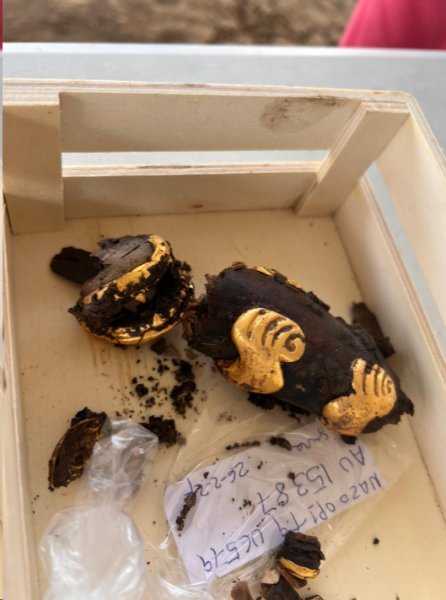
#A Major Tomb With Gold and Ceramic Artifacts Discovered in Panama#El Caño Archaeological Park#Coclé lord#ancient tomb#ancient grave#ancient necropolis#ancient artifacts#gold#gold artifacts#treasure#archaeology#archeolgst#history#history news#ancient history#ancient culture#ancient civilizations#Coclé society#pre-Hispanic times
93 notes
·
View notes
Photo
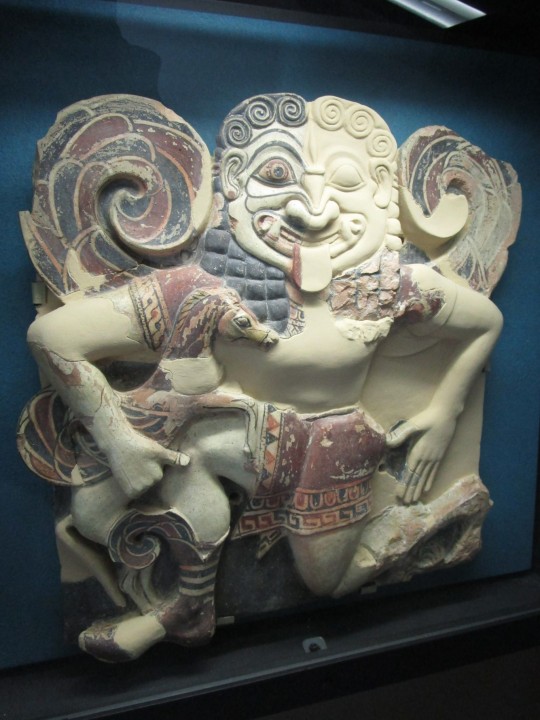
This painted terracotta Gorgon is running while holding the winged horse Pegasus. According to Greek mythology, Pegasus was born from the Gorgon Medusa’s blood after she was beheaded by Perseus. The plaque was made in the late 7th century BCE and was discovered in Syracuse, Sicily.
Photo by Charles Reeza at the Paolo Orsi Archaeological Museum
#ancient art#Medusa#classical antiquity#restored artifact#ceramic#Italy#Siracusa#Sicilia#travel photography
42 notes
·
View notes